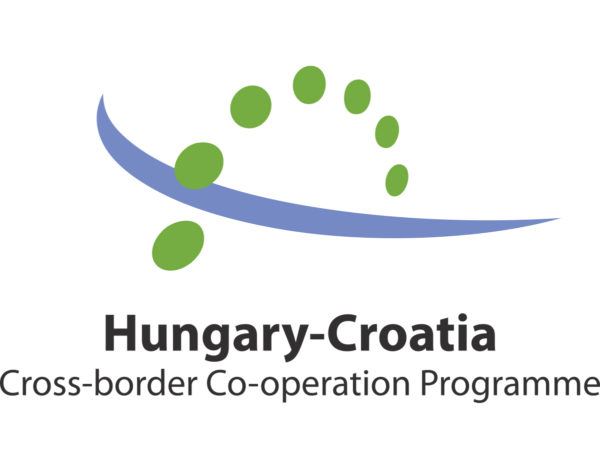
Interreg V-A Hungary-Croatia Co-operation Programme
- www.huhr-cbc.com
-
- Croatia nuts 3 level
- Bjelovarsko-bilogorska županija
- Koprivničko-križevačka županija
- Međimurska županija
- Osječko-baranjska županija
- Požeško-slavonska županija
- Varaždinska županija
- Virovitičko-podravska županija
- Vukovarsko-srijemska županija
- More details about Croatia
- Hungary nuts 3 level
- Baranya
- Somogy
- Zala
- More details about Hungary
- Croatia nuts 3 level
Description
The Interreg V-A Hungary-Croatia Co-operation Programme 2014-2020 belongs to the network of European Territorial Cooperation (ETC) programmes, again labelled as the Interreg in the new financial perspective, which constitute an important part and the objective of the European Union Cohesion Policy. ETC programmes contribute to the overall economic, social and territorial cohesion of the European Union by tackling issues which cross the borders between countries and regions. The aims of ETC programmes are – among others – the creation of common identity, integrated physical space, balanced development and improved policies and governance. To achieve these aims, cross-border cooperation (CBC) programmes identify shared challenges in the border regions, and measures to address them.
The co-operation programme between Hungary and Croatia is the successor of the 2007 – 2013 Hungary – Croatia (IPA) CBC Programme. Just like the previous programme in the year of the accession of Croatia to the European Union, this programme’s co-financing is covered by the European Regional Development Fund (ERDF) for both countries. Thus, the principles and the best practices regulating the programming and the implementation of the instruments of the European Cohesion Policy are fully applicable. Apart from some specific rules and procedures related to the former IPA, the majority of experiences of the 2007 – 2013 Programme are relevant to the current programme and, with respect to its objectives and content, it shows strong continuity with its predecessor.
Due to its limited scope and specific cross-border nature, the programme’s guiding principle is to support selected co-operative strategic actions and pilot projects in priority fields, rather than large-scale interventions. The focus is set on enhancing economic cooperation, addressing the problems of poor accessibility or business environment; enhancing and preserving the environmental and natural assets or preventing the risk of loss related to them; fostering the lack of networks among local and regional administrations and improvement of communication between educational and training institutions and key actors of local economy.
The focus of the current programme is slightly shifted towards supporting the reinforcement and expansion of the existing co-operative networks and contributing to the establishment of a sound basis for a dynamic and lasting co-operation across the border. Besides that, the programme increases the concentration on encouraging sustainable economic co-operation in the region.
- Hungarian counties: Zala, Somogy and Baranya;
- Croatian counties: Međimurska, Varaždinska, Koprivničko-križevačka, Bjelovarsko-bilogorska, Virovitičko-podravska, Požeško-slavonska, Osječko-baranjska and Vukovarsko-srijemska.
Attachments
Contacts
Hungary-Croatia Joint Secretariat (JS) hosted by: Széchenyi Programiroda Nonprofit Kft.
- Szép utca 2, IV. em. (floor)
H-1053 Budapest, Hungary
www.huhr-cbc.com/en/js-and-contact-points
Anna Viktória Ratskó-Tóth
- Prime Minister’s Office/ Budapest, Hungary
Department for International Affairs


